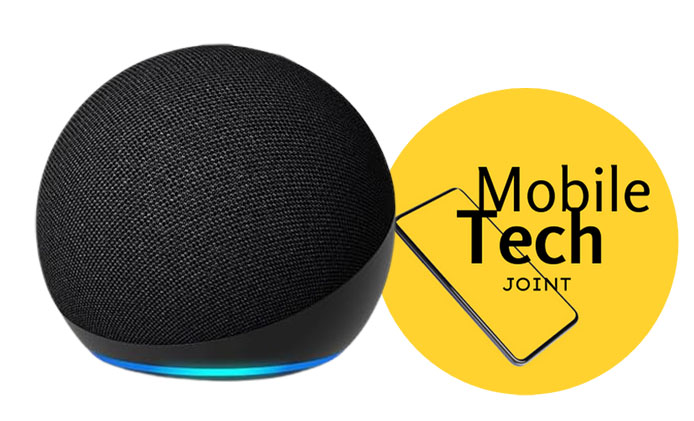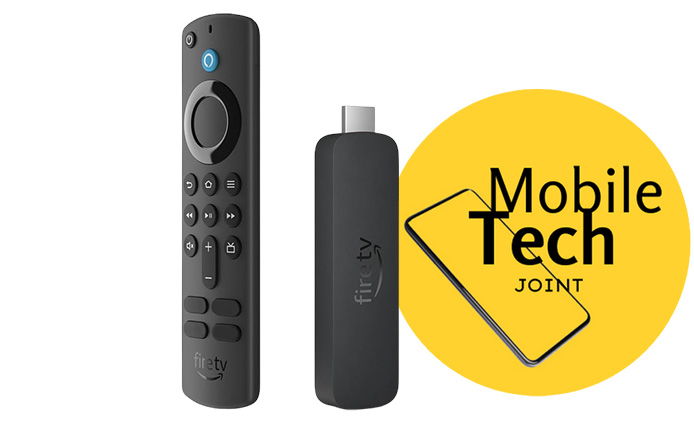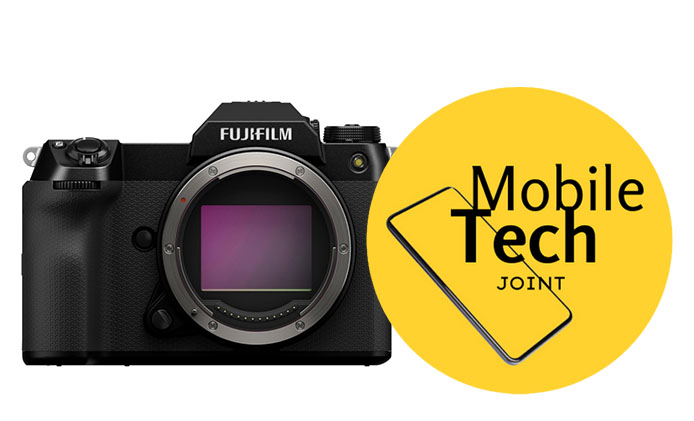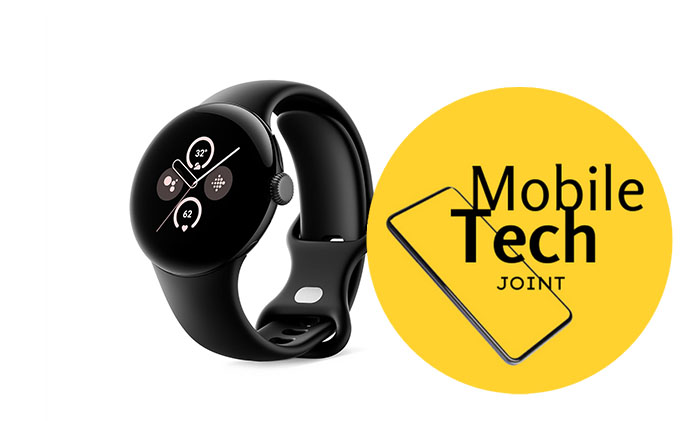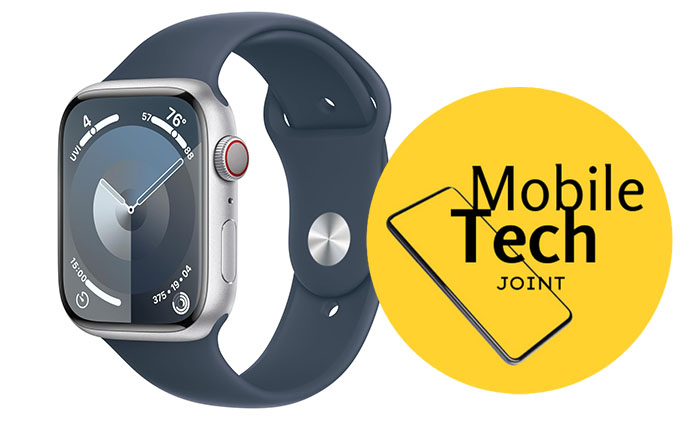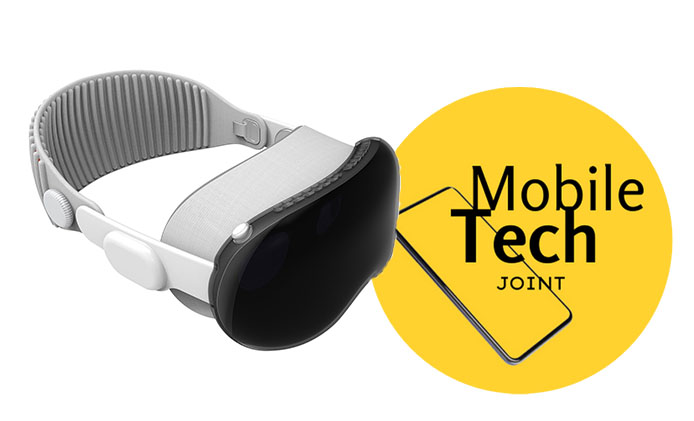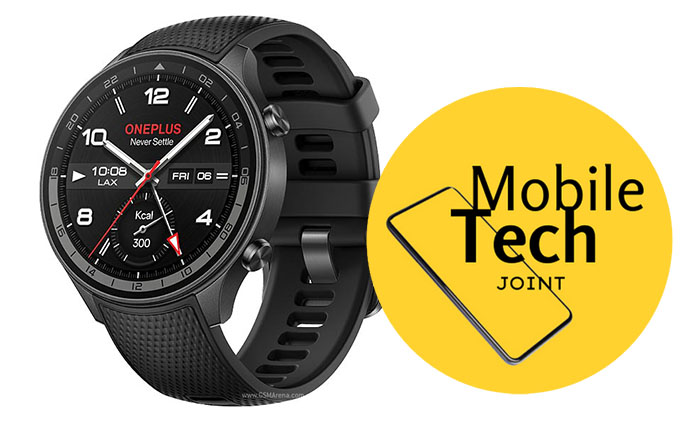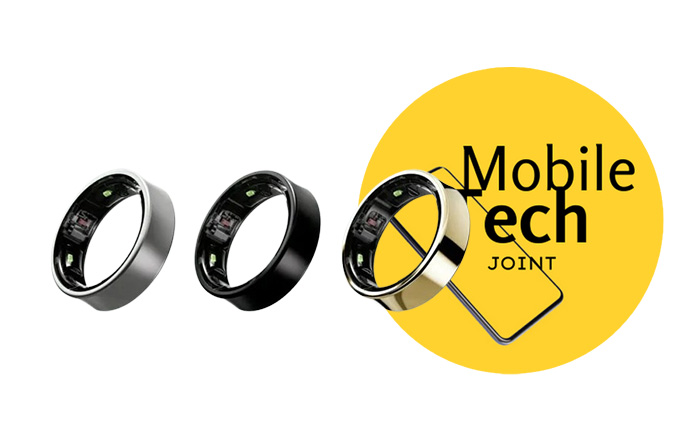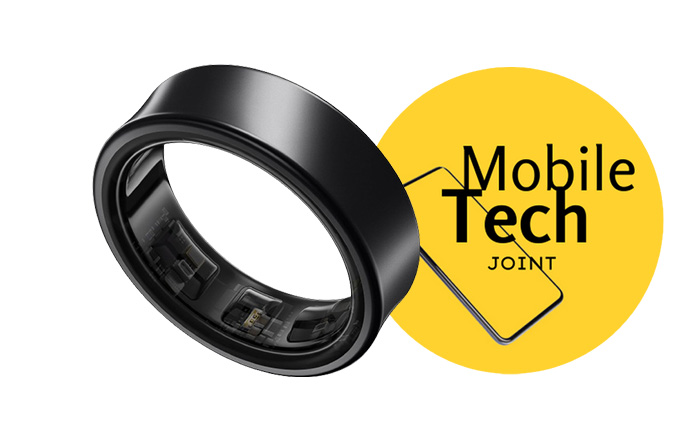In the ever-evolving world of smartphones, two titans stand tall: the Google Pixel 9 Pro XL and the Samsung Galaxy S24 Ultra. These cutting edge devices represent the pinnacle of Android technology, each bringing its unique strengths to the table.
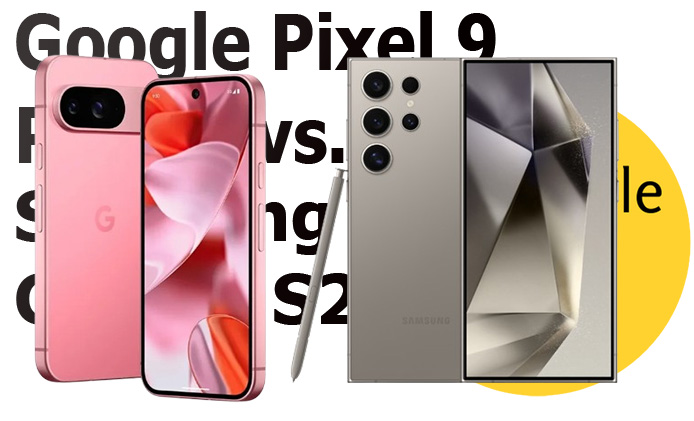
As consumers face the challenging decision of choosing between these powerhouses, we dive deep into a comprehensive comparison of the Google Pixel 9 Pro XL vs Samsung Galaxy S24 Ultra, exploring every facet that makes these phones the cream of the crop in the Android ecosystem.
The smartphone landscape has never been more competitive, with manufacturers constantly pushing the boundaries of what’s possible in a handheld device. Google, with its Pixel line, has been making significant strides in recent years, particularly in camera technology and AI integration.
On the other hand, Samsung has long been the dominant force in the Android world, consistently delivering feature-packed devices that cater to a wide range of users. The Pixel 9 Pro XL and Galaxy S24 Ultra represent the culmination of years of innovation and refinement from both companies.
In this in-depth analysis, we’ll examine how these flagship devices stack up against each other in terms of design, display quality, performance, camera capabilities, software experience, battery life, and overall value.
Whether you’re a tech enthusiast looking for the absolute best in smartphone technology or a discerning consumer trying to make an informed decision, this comparison will provide you with all the information you need to choose between the Google Pixel 9 Pro XL and Samsung Galaxy S24 Ultra.
Key Takeaways:
- The Google Pixel 9 Pro XL and Samsung Galaxy S24 Ultra are both 6.8-inch devices, offering large-screen experiences with top-tier displays.
- Google’s Tensor G4 chip faces off against Qualcomm’s Snapdragon 8 Gen 3, with each offering unique AI capabilities.
- Camera systems on both phones are highly advanced, with Google focusing on computational photography and Samsung on hardware prowess.
- Software experiences differ significantly, with Google offering a pure Android experience and Samsung providing a feature-rich custom UI.
- Both devices offer long-term software support, with promises of seven years of updates.
- Pricing strategies differ, with the Pixel 9 Pro XL starting at a lower price point compared to the Galaxy S24 Ultra.
II. Design and Build Quality
When it comes to the physical aspects of the Google Pixel 9 Pro XL vs. Samsung Galaxy S24 Ultra, both devices exemplify premium craftsmanship, but with distinct approaches to design philosophy.
Dimensions and Weight
The Pixel 9 Pro XL and Galaxy S24 Ultra are nearly identical in size, both sporting 6.8-inch displays. However, there are subtle differences in their physical dimensions:
| Device |
Dimensions |
Weight |
| Google Pixel 9 Pro XL |
162.8 x 76.6 x 8.5 mm |
221g |
| Samsung Galaxy S24 Ultra |
163 x 79 x 8.6 mm |
233g |
The Pixel 9 Pro XL is slightly more compact and lighter, which may appeal to users who prefer a less bulky device. The Galaxy S24 Ultra, while marginally larger and heavier, distributes its weight well across its frame.
Materials and Build Quality
Both phones utilize premium materials in their construction:
- Google Pixel 9 Pro XL: Features an aluminum frame with a glass back, continuing Google’s signature two-tone design aesthetic.
- Samsung Galaxy S24 Ultra: Boasts a titanium frame, a first for Samsung’s smartphones, offering improved durability and a premium feel.
The use of titanium in the S24 Ultra gives it an edge in terms of durability and premium feel, but the Pixel 9 Pro XL’s design is no less sophisticated, with its distinctive camera bar that has become a hallmark of the Pixel line.
Durability Features
Both devices come with robust durability features:
- IP68 water and dust resistance rating
- Gorilla Glass Victus 2 on the Pixel 9 Pro XL
- Gorilla Glass Armor on the Galaxy S24 Ultra (a new, more durable glass technology)
Samsung’s use of Gorilla Glass Armor potentially gives the S24 Ultra a slight advantage in scratch and impact resistance.
Ergonomics and Handling
Despite their large sizes, both phones have been designed with ergonomics in mind:
- The Pixel 9 Pro XL features slightly curved edges that meld seamlessly into the frame, providing a comfortable grip.
- The Galaxy S24 Ultra maintains its signature boxy design with flat edges, which some users prefer for its secure feel and distinctive look.
The choice between the two often comes down to personal preference, with the Pixel offering a more organic feel and the Galaxy a more angular, professional aesthetic.
III. Display
The display is a crucial component of any smartphone, and both the Google Pixel 9 Pro XL and Samsung Galaxy S24 Ultra offer top-of-the-line visual experiences.
Screen Technology and Resolution
| Feature |
Google Pixel 9 Pro XL |
Samsung Galaxy S24 Ultra |
| Display Type |
LTPO OLED |
Dynamic AMOLED 2X |
| Resolution |
2992 x 1344 pixels |
3120 x 1440 pixels |
| Pixel Density |
486 ppi |
501 ppi |
Both displays utilize LTPO (Low-Temperature Polycrystalline Oxide) technology, allowing for variable refresh rates to conserve battery life. The Galaxy S24 Ultra has a slight edge in resolution and pixel density, but the difference is likely imperceptible to the naked eye.
Refresh Rate and Adaptive Features
Both phones boast adaptive refresh rates ranging from 1Hz to 120Hz, providing smooth scrolling and animations while intelligently adjusting to conserve battery life when displaying static content.
Brightness and Outdoor Visibility
- Pixel 9 Pro XL: Offers a peak brightness of 3,000 nits
- Galaxy S24 Ultra: Boasts a peak brightness of 2,600 nits
While the Pixel 9 Pro XL technically has higher peak brightness, both phones offer exceptional outdoor visibility and HDR performance.
Special Display Features
- Always-On Display: Both devices offer this feature, with Samsung providing more customization options.
- HDR Support: Both support HDR10+ for vibrant, high-contrast visuals.
- Touch Sampling Rate: The Galaxy S24 Ultra offers a 240Hz touch sampling rate for improved responsiveness, particularly beneficial for gaming.
The displays on both the Google Pixel 9 Pro XL and Samsung Galaxy S24 Ultra are among the best available on any smartphone, with only minor differences that cater to individual preferences rather than significant quality disparities.
IV. Performance
When comparing the Google Pixel 9 Pro XL vs. Samsung Galaxy S24 Ultra in terms of performance, we’re looking at two different approaches to achieving top-tier speed and efficiency.
Processor Comparison
- Google Pixel 9 Pro XL: Powered by the Google Tensor G4 chip
- Samsung Galaxy S24 Ultra: Equipped with the Qualcomm Snapdragon 8 Gen 3
The Tensor G4 is Google’s latest custom-designed chip, focusing on AI and machine learning capabilities. The Snapdragon 8 Gen 3 is Qualcomm’s flagship processor, known for its raw power and efficiency.
RAM and Storage Options
| Device |
RAM |
Storage Options |
| Google Pixel 9 Pro XL |
16GB |
128GB, 256GB, 512GB, 1TB |
| Samsung Galaxy S24 Ultra |
12GB |
256GB, 512GB, 1TB |
The Pixel 9 Pro XL offers more RAM, which could provide an edge in multitasking and future-proofing. However, the Galaxy S24 Ultra starts at a higher base storage capacity.
Benchmark Results
While specific benchmark results for the Pixel 9 Pro XL are not available at the time of writing, we can make some educated guesses based on previous generations:
- The Snapdragon 8 Gen 3 in the Galaxy S24 Ultra is likely to outperform the Tensor G4 in raw CPU and GPU benchmarks.
- The Tensor G4 may show advantages in AI-related tasks and benchmarks.
Real-world Performance and Multitasking
Both phones offer smooth, lag-free experiences in day-to-day use. The extra RAM in the Pixel 9 Pro XL could provide a slight edge in keeping more apps in memory, but the difference may not be noticeable to most users.
Gaming Performance
The Galaxy S24 Ultra, with its Snapdragon 8 Gen 3, is expected to have a slight advantage in gaming performance, particularly in graphically intensive titles. However, the Pixel 9 Pro XL should still offer a very capable gaming experience, with the potential for AI-enhanced graphics optimizations.
In terms of overall performance, both the Google Pixel 9 Pro XL and Samsung Galaxy S24 Ultra are at the top of their class. The choice between them may come down to whether you prioritize AI capabilities (Pixel) or raw processing power (Galaxy).
V. Camera Systems
The camera capabilities of smartphones have become a crucial factor for many consumers, and both the Google Pixel 9 Pro XL and Samsung Galaxy S24 Ultra bring their A-game to mobile photography.
Main Camera Specifications
| Feature |
Google Pixel 9 Pro XL |
Samsung Galaxy S24 Ultra |
| Main Sensor |
50MP wide |
200MP wide |
| Ultra-wide |
48MP |
12MP |
| Telephoto |
48MP (5x optical zoom) |
10MP (3x optical zoom) + 50MP (5x optical zoom) |
| Front Camera |
42MP |
12MP |
Camera Performance Analysis
- Main Sensor:
- The Galaxy S24 Ultra’s 200MP sensor offers incredible detail and flexibility in post-processing.
- The Pixel 9 Pro XL, while lower in megapixel count, leverages Google’s advanced computational photography for stunning results.
- Ultra-wide Camera:
- The Pixel 9 Pro XL has a higher resolution ultra-wide camera, potentially offering more detail in wide shots.
- Both phones correct for lens distortion and offer night mode capabilities on the ultra-wide lens.
- Telephoto Capabilities:
- The Galaxy S24 Ultra offers more versatility with two separate telephoto lenses.
- The Pixel 9 Pro XL’s single telephoto lens is competitive at 5x zoom, but may fall behind at extreme zoom levels.
- Selfie Camera:
- The Pixel 9 Pro XL’s 42MP front camera is a significant upgrade, potentially offering more detail and better low-light performance.
- Samsung’s 12MP front camera, while lower in resolution, is known for its consistent performance.
Special Camera Features
- Night Mode: Both phones excel in low-light photography, with Google’s Night Sight competing against Samsung’s Nightography.
- Portrait Mode: The Pixel series has long been known for its excellent portrait shots, but Samsung has made significant strides in this area.
- AI Enhancements:
- Google’s “Best Take” feature allows combining multiple shots to create the perfect group photo.
- Samsung’s AI-powered zoom promises clearer images at high zoom levels.
Video Recording Capabilities
- Both phones offer 4K recording at 60fps on all cameras.
- The Galaxy S24 Ultra can record in 8K, while the Pixel 9 Pro XL offers 8K upscaling from 4K.
- Stabilization is excellent on both devices, with Google’s “Video Boost” feature providing enhanced stabilization and HDR.
In the battle of Google Pixel 9 Pro XL vs. Samsung Galaxy S24 Ultra camera systems, both offer exceptional photography experiences. The Pixel tends to excel in computational photography and consistent, true-to-life images, while the Galaxy offers more versatility and raw detail. The choice often comes down to personal preference in image processing and specific use cases.
VI. Software and User Experience
The software experience is where the Google Pixel 9 Pro XL and Samsung Galaxy S24 Ultra diverge significantly, each offering a unique take on the Android operating system.
Android Versions and Update Policies
- Both phones launch with Android 14.
- Google and Samsung both promise 7 years of OS updates and security patches.
This long-term support is a significant improvement in the Android ecosystem, ensuring both devices will remain current and secure for years to come.
Custom UI Comparison
- Google Pixel 9 Pro XL:
- Offers a “pure” Android experience
- Clean, minimalist interface
- Emphasis on simplicity and ease of use
- Samsung Galaxy S24 Ultra:
- Runs Samsung’s One UI on top of Android
- Feature-rich with extensive customization options
- Designed for one-handed use on large screens
Unique Software Features
Google Pixel 9 Pro XL:
- Call Screen: AI-powered call screening and spam protection
- Now Playing: Automatic music recognition on the lock screen
- Live Translate: Real-time translation in messaging apps and phone calls
Samsung Galaxy S24 Ultra:
- DeX: Desktop-like experience when connected to an external display
- S Pen functionality with air gestures and note-taking features
- Bixby routines for advanced device automation
AI Capabilities and Integration
Both devices lean heavily into AI features, but with different approaches:
- The Pixel 9 Pro XL integrates Google’s advanced AI directly into the system, powering features like improved voice typing, smart compose in messaging apps, and enhanced photo editing capabilities.
- The Galaxy S24 Ultra uses a combination of on-device and cloud-based AI for features like real-time language translation during calls and AI-enhanced photo and video editing.
Privacy and Security Features
Both phones offer robust security features:
- Secure enclaves for storing sensitive data
- Regular security updates
- Biometric authentication (face and fingerprint)
The Pixel 9 Pro XL may have a slight edge with Google’s Titan M2 security chip, while Samsung offers its Knox security platform on the S24 Ultra.
In the Google Pixel 9 Pro XL vs. Samsung Galaxy S24 Ultra software showdown, the choice often comes down to personal preference. The Pixel offers a streamlined, AI-focused experience deeply integrated with Google services. The Galaxy provides a feature-rich environment with extensive customization options and productivity tools like the S Pen and DeX.
VII. Battery Life and Charging
Battery performance is crucial for modern smartphones, and both the Google Pixel 9 Pro XL and Samsung Galaxy S24 Ultra aim to deliver all-day battery life with their large capacities and efficient components.
Battery Capacity Comparison
| Device |
Battery Capacity |
| Google Pixel 9 Pro XL |
5,060 mAh |
| Samsung Galaxy S24 Ultra |
5,000 mAh |
The difference in capacity is minimal, with both phones offering large batteries that should easily last through a full day of use.
Real-world Battery Performance
While exact figures can vary based on usage patterns, both phones are designed to provide excellent battery life:
- The Pixel 9 Pro XL leverages Google’s AI-powered Adaptive Battery feature to learn usage patterns and optimize power consumption.
- The Galaxy S24 Ultra benefits from the energy-efficient Snapdragon 8 Gen 3 chip and Samsung’s power management optimizations.
In typical use cases, both phones should comfortably last a full day, with the potential to stretch into a second day with lighter use.
Charging Speeds
Both devices support fast charging, but with some differences:
- Wired Charging:
- Google Pixel 9 Pro XL: Up to 45W fast charging
- Samsung Galaxy S24 Ultra: Up to 45W fast charging
- Wireless Charging:
- Google Pixel 9 Pro XL: Up to 15W with Pixel Stand, 12W with Qi-certified chargers
- Samsung Galaxy S24 Ultra: Up to 15W wireless charging
- Reverse Wireless Charging:
- Both phones support reverse wireless charging for powering up accessories
It’s worth noting that neither phone includes a charger in the box, following the industry trend towards reducing electronic waste.
Power Management Features
Both phones offer advanced power management features:
- Google Pixel 9 Pro XL:
- Adaptive Battery learns app usage patterns to limit battery for rarely used apps
- Extreme Battery Saver mode for extended battery life in crucial situations
- Samsung Galaxy S24 Ultra:
- Power saving mode with customizable options
- AI-powered usage pattern learning for optimized performance
In the battle of Google Pixel 9 Pro XL vs. Samsung Galaxy S24 Ultra battery life, both phones are well-equipped to handle the demands of modern smartphone users. The choice between them in this aspect may come down to individual usage patterns and how well each phone’s power management features align with your needs.
VIII. Additional Features
When comparing the Google Pixel 9 Pro XL vs. Samsung Galaxy S24 Ultra, it’s important to consider the additional features that set these flagship devices apart. Both phones offer a range of cutting-edge technologies that enhance the user experience in various ways.
5G Connectivity and Supported Bands
Both the Pixel 9 Pro XL and Galaxy S24 Ultra are 5G-capable devices, supporting both sub-6GHz and mmWave technologies:
- Google Pixel 9 Pro XL: Supports a wide range of 5G bands, including n1, n2, n3, n5, n7, n8, n12, n20, n25, n28, n38, n40, n41, n66, n71, n77, n78, n79
- Samsung Galaxy S24 Ultra: Offers comprehensive 5G support, including similar bands to the Pixel, with potential variations based on region and carrier
The extensive 5G support ensures that both phones are future-proofed for the ongoing rollout of 5G networks worldwide.
Biometric Security Options
Both devices offer multiple biometric security features:
- Fingerprint Sensors:
- Pixel 9 Pro XL: Under-display optical fingerprint sensor
- Galaxy S24 Ultra: Under-display ultrasonic fingerprint sensor (potentially faster and more secure)
- Face Recognition:
- Both phones offer face unlock features, though neither is as secure as Apple’s Face ID
Audio Quality
Audio capabilities are crucial for media consumption and communication:
- Speakers: Both phones feature stereo speakers, with the Galaxy S24 Ultra potentially having a slight edge in loudness and clarity
- Headphone Support: Neither phone includes a 3.5mm headphone jack, relying on USB-C or wireless audio options
- Audio Codecs: Support for high-quality Bluetooth codecs like aptX and LDAC on both devices
S Pen Functionality (Galaxy S24 Ultra)
The S Pen is a standout feature exclusive to the Galaxy S24 Ultra:
- Integrated S Pen storage within the phone’s body
- Low latency for natural writing and drawing
- Air gestures for remote control of the phone
- Handwriting recognition for note-taking
This feature gives the Galaxy S24 Ultra a significant advantage for users who value stylus input for productivity or creativity.
Satellite Connectivity Features
Both phones offer emergency satellite connectivity, a relatively new feature in smartphones:
- Google Pixel 9 Pro XL: Satellite SOS for emergency communications in areas without cellular coverage
- Samsung Galaxy S24 Ultra: Similar emergency satellite messaging capabilities
These features provide an extra layer of safety for users in remote areas or during natural disasters.
Additional Notable Features
- UWB (Ultra-Wideband) Technology:
- Both phones include UWB chips for precise spatial awareness and improved device finding capabilities
- Wi-Fi 6E/7 Support:
- Galaxy S24 Ultra supports Wi-Fi 7
- Pixel 9 Pro XL supports Wi-Fi 6E and Wi-Fi 7
- Dual SIM Capabilities:
- Both phones support dual SIM functionality (nano-SIM + eSIM)
- Storage Expansion:
- Neither phone offers expandable storage via microSD
In the comparison of Google Pixel 9 Pro XL vs. Samsung Galaxy S24 Ultra additional features, both phones offer a comprehensive set of cutting-edge technologies. The Galaxy S24 Ultra stands out with its S Pen functionality, while the Pixel 9 Pro XL may appeal to those who prefer a cleaner, more streamlined feature set. The choice often depends on which specific features align best with individual user needs and preferences.
IX. Price and Value Proposition
When considering the Google Pixel 9 Pro XL vs. Samsung Galaxy S24 Ultra, the price and overall value proposition play a crucial role in the decision-making process. Both devices are premium flagships, but they approach pricing and value differently.
Starting Prices and Available Configurations
Google Pixel 9 Pro XL:
- Starting price: $1,099 (128GB)
- Configurations: 128GB, 256GB, 512GB, 1TB
Samsung Galaxy S24 Ultra:
- Starting price: $1,299 (256GB)
- Configurations: 256GB, 512GB, 1TB
The Pixel 9 Pro XL enters the market at a lower starting price, potentially offering better value for budget-conscious consumers. However, the Galaxy S24 Ultra’s higher base storage might justify its premium for some users.
Carrier Deals and Promotions
Both Google and Samsung often partner with carriers to offer various deals:
- Trade-in offers can significantly reduce the upfront cost
- Carrier-specific promotions may include bill credits or free accessories
- Bundle deals with other devices (e.g., smartwatches or earbuds) are common
It’s worth noting that Samsung typically offers more aggressive promotions, especially during pre-order periods and holiday seasons.
Long-term Value and Depreciation
Several factors contribute to the long-term value of these devices:
- Software Support: Both offer 7 years of updates, ensuring longevity
- Brand Perception: Samsung phones often hold their value better in the secondary market
- Repairability: Both brands offer repair services, but Samsung’s wider availability might be advantageous
Value-Added Features
When assessing value, consider unique features each phone offers:
Pixel 9 Pro XL:
- Advanced AI capabilities integrated deeply into the OS
- Google’s computational photography expertise
Galaxy S24 Ultra:
- S Pen functionality
- More versatile camera system with multiple zoom levels
Cost of Ownership
Consider additional costs beyond the initial purchase:
- Cases and screen protectors (similar for both)
- Charging accessories (both support 45W charging, sold separately)
- Potential subscription services (e.g., Google One for Pixel, Samsung Care+ for Galaxy)
Key Value Considerations
- For Pixel 9 Pro XL:
- Lower starting price
- Pure Android experience
- Unique Google AI features
- For Galaxy S24 Ultra:
- More base storage
- S Pen functionality
- Potentially better resale value
In the Google Pixel 9 Pro XL vs. Samsung Galaxy S24 Ultra value comparison, the Pixel offers a more affordable entry into ultra-premium territory with a focus on AI and software integration. The Galaxy S24 Ultra justifies its higher price with additional hardware features and potentially stronger long-term value retention. The best choice depends on individual priorities and how much value you place on specific features offered by each device.
X. Pros and Cons
To help you make an informed decision in the Google Pixel 9 Pro XL vs. Samsung Galaxy S24 Ultra debate, let’s break down the key strengths and weaknesses of each device.
Google Pixel 9 Pro XL
Pros:
- More affordable starting price
- Advanced AI features deeply integrated into the OS
- Clean, bloatware-free Android experience
- Exceptional computational photography
- Lighter weight for easier handling
- Higher resolution ultra-wide and selfie cameras
Cons:
- Less versatile zoom capabilities compared to S24 Ultra
- No S Pen support
- Potentially less raw processing power
- Limited hardware customization options
- Less established ecosystem of accessories
Samsung Galaxy S24 Ultra
Pros:
- Versatile camera system with multiple zoom levels
- S Pen functionality with precise input
- Higher base storage (starting at 256GB)
- More customizable user interface
- Potentially better gaming performance
- Established ecosystem with DeX support
Cons:
- Higher starting price
- Heavier and potentially less comfortable to hold
- More complex UI might be overwhelming for some users
- Lower resolution ultra-wide and selfie cameras
- Potential bloatware from pre-installed apps
XI. Which Phone Is Right for You?
Choosing between the Google Pixel 9 Pro XL and Samsung Galaxy S24 Ultra ultimately depends on your personal preferences and needs. Here are some scenarios to help guide your decision:
Choose the Google Pixel 9 Pro XL if:
- You prefer a clean, straightforward Android experience
- Advanced AI features and seamless Google integration are important to you
- You prioritize computational photography over hardware versatility
- You want a flagship experience at a slightly lower price point
- You value a lighter device for easier one-handed use
Choose the Samsung Galaxy S24 Ultra if:
- You want the most versatile camera system with superior zoom capabilities
- S Pen functionality is a must-have for your workflow
- You enjoy customizing your phone’s interface and features
- You’re a power user who wants the most cutting-edge hardware
- You prefer a larger ecosystem of accessories and companion devices
Considerations for Different User Types
- Photographers:
- Pixel 9 Pro XL for computational photography and consistent results
- S24 Ultra for versatility and high-resolution captures
- Business Users:
- Pixel 9 Pro XL for seamless Google Workspace integration
- S24 Ultra for S Pen productivity and DeX mode
- Casual Users:
- Pixel 9 Pro XL for simplicity and ease of use
- S24 Ultra for a feature-rich experience with more customization options
- Tech Enthusiasts:
- Pixel 9 Pro XL for cutting-edge AI features and pure Android experience
- S24 Ultra for top-of-the-line hardware and extensive feature set
XII. Conclusion
In the battle of Google Pixel 9 Pro XL vs. Samsung Galaxy S24 Ultra, both devices represent the pinnacle of Android smartphone technology in 2024. The Pixel 9 Pro XL shines with its AI-driven features, computational photography prowess, and clean Android experience, all at a more accessible price point. On the other hand, the Galaxy S24 Ultra stands out with its versatile camera system, S Pen functionality, and robust hardware specifications, justifying its premium price tag for power users and those who crave feature-rich devices.
The choice between these two flagships ultimately comes down to personal preferences, budget considerations, and specific use cases. Both phones offer exceptional performance, stunning displays, and long-term software support, ensuring that whichever device you choose, you’ll have a top-tier smartphone experience for years to come.
As the smartphone landscape continues to evolve, the Google Pixel 9 Pro XL and Samsung Galaxy S24 Ultra serve as benchmarks for what’s possible in mobile technology, pushing the boundaries of AI integration, camera capabilities, and overall user experience.
We encourage readers to share their thoughts and experiences with these devices. Whether you’re a long-time Pixel or Galaxy user or considering switching between ecosystems, your insights can provide valuable perspective for others facing this decision.
XIII. FAQs
- Q: What are the main differences between the Google Pixel 9 Pro XL and Samsung Galaxy S24 Ultra? A: The key differences include the Pixel’s focus on AI and clean Android experience versus the Galaxy’s versatile camera system and S Pen functionality. The Pixel is also more affordable, while the Galaxy offers more base storage and potentially better raw performance.
- Q: Which phone has better camera performance? A: Both offer excellent camera performance, but in different ways. The Pixel 9 Pro XL excels in computational photography and consistent results across various scenarios. The Galaxy S24 Ultra provides more versatility with its multiple zoom levels and higher resolution main sensor.
- Q: How do the AI features compare between the two devices? A: The Pixel 9 Pro XL has more deeply integrated AI features throughout the operating system, leveraging Google’s expertise in machine learning. The Galaxy S24 Ultra also offers AI capabilities, particularly in camera and productivity features, but may not be as pervasive throughout the entire user experience.
- Q: Is the S Pen a significant advantage for the Galaxy S24 Ultra? A: For users who value handwritten notes, precise input, or creative applications, the S Pen is a significant advantage. However, if you don’t see yourself using a stylus regularly, this feature may not justify the price difference.
- Q: Which phone offers better value for money? A: The Pixel 9 Pro XL offers better initial value with its lower starting price and focus on software features. However, the Galaxy S24 Ultra may provide better long-term value for power users who will take advantage of its additional hardware features and potentially stronger resale value.
Also Check:
